Joint Stiffness
What is a Joint Stiffness?
Joint stiffness is a common condition that can affect people of all ages. This can make it difficult to move the joint through its full range of motion.
This may have an impact on the knees, hips, shoulders, fingers, and other body parts. Stiffness in the joints can be a symptom of various underlying health issues, ranging from mild conditions such as minor injuries or overuse to more serious disorders like arthritis or autoimmune diseases.
Inflammation-induced joint stiffness typically develops or lessens immediately after waking up, following prolonged rest periods or immobility. Stiffness is frequently caused by joint pain. Morning stiffness is frequently caused by rheumatoid arthritis and other inflammatory joint pain types, although it usually goes away within an hour or longer. Rarely inflammation is the reason for stiffness that goes away during the day.
Joint stiffness indicates that a joint’s range of motion has been reduced or is difficult to move. Joint stiffness frequently results in edema or pain in the joints. Depending on the stiffness in the joints, a mistreated part of the body might present with warmth, shivering, redness, or joint deadness. Joint stiffness is an ordinary finding in joints and can be caused by joint damage or ailment. Additionally, joint malfunction, including stiffness, may result from injury to the joint. In other cases, an inconvenience that is translated as joint stiffness might result from harm or irritation of adjacent structures, such as the bursae.
For many people, stiff joints are becoming usual. Bones, muscles, and joints can deteriorate with repeated use for extended periods. Many people experience tight joints when they wake up. Getting back simply lying down for a few hours reduces the amount of liquids consumed. This might make the joints more stiff in the morning.
Gentle joint stiffness may somewhat restrict your mobility in the morning or during extended durations of sitting.
Causes
Bursitis
Bursitis develops when the bursae, little sacs filled with fluids in the joints, arouse. In expansion to stiffness, irritation produces more pain.
Although bursitis can influence each joint, greater joints like these are more likely to have it:
Hips, shoulders, knees, lower legs, elbow.
Joint osteoarthritis
In the US, around 27 million individuals suffer from osteoarthritis, a kind of degenerative joint pain. Individuals over 65 are more likely to have this kind of joint pain as it is brought on by wear and tear.
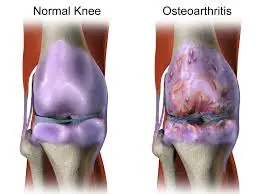
Rheumatoid joint pain (RA)
Swelling and pain may produce splitting noises as it decreases. The most common cause of joint distress is joint pain. Generally, 15 million people with joint pain report having agonizing joint pain.
Gout
In differentiate to a few other potential reasons for tight joints, gout strikes out of the blue.
Serious, unexpected flare-ups of joint pain and soreness characterize gout. Gout may have an impact on a joint.
Gout is one type of joint pain. Men are more likely than women to acquire gout, even though a woman’s risk increases after menopause. Gout is treatable, even though the majority of people may experience its side effects sometimes for the remainder of their lives.
Damaged knee-cap
Chondromalacia patellae, a disorder where the cartilages in the rear of the kneecap soften and degenerate with time, is another possible cause of joint pain. Even though athletes frequently experience this disorder, arthritis in the elderly can also cause it to appear.
Accidental Injury/fracture
A sudden pain in the joint may occur from an unintentional injury, such as a fractured arm, leg, wrist, ankle, or hip.
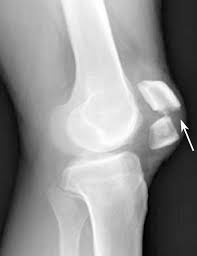
Post-op stiffness
Many patients complain of stiffness after surgery due to prolonged immobility.
What indications might one have when stiff?
The primary characteristic of stiff joints is their inability to move. This may make it more troublesome for you to move and align different body parts. Other side effects of joint stiffness may include:
- Pain
- Reduction in the extent of motion
- higher joint pressure
- Cracking or popping sound with swelling
- decreased mobility
- Diminished self-confidence all through schedule tasks
- A restricted extent of motion.
When to visit your specialist?
Consult your specialist if you have unforeseen joint disorder and stiffness. Moreover, you ought to contact a specialist if the disorder and stiffness proceed to continue even after five to seven days.
It is also advisable that you see a doctor if you have any of the following symptoms:
acute distress, edema, and joint malformation
severe redness, immobility, and warmth in the joint when touched.
Diagnosis
A therapeutic professional’s assessment
With the utilization of a physical examination and the patient’s indications, specialists may habitually conclude weakness.
The first thing that professionals assess is if the individual can contract their muscles with average strength.
The professional will try to move a joint if the patient finds it difficult to move and their functionality is normal.
Inflammation of the joints might be the cause of inconvenience when moving.
Suppose there is negligible pain when disassociated movement is performed. In that case, the cause may be joint contracture (from scar tissue) or stiffness because of spasticity.
Physicians prompt patients to endeavor detached portability if it is not deterred and product.
Treatment of Joint Stiffness
Depending on what’s initially causing the joint stiffness, many approaches exist to reduce it. You should consult a physician if your symptoms worsen or if your stiffness persists for more than thirty minutes after you get up.
With your doctor, you can decide how best to relieve stiffness and other related symptoms after the underlying issue has been diagnosed.
Hot or cold compress
For tight joints, either extreme of the temperature may be helpful.
Your tight joint might benefit from 15 to 20 minutes of application of an ice bag or cold compress several times a day. Doing this can improve joint range of motion and lessen discomfort or swelling. Additionally, it can numb pain receptors, reducing your level of pain.
Additionally, heat helps muscles and joints. It raises body warmth, which enhances localized circulation and blood flow.
OTC (over-the-counter) drugs.
Over-the-counter (OTC) medications provide relief from several moderate joint pain symptoms. NSAIDs are the most commonly recommended medication. Examples of generic names for NSAIDs are aspirin, ibuprofen, and naproxen.
Steroids
Common symptoms of arthritis include inflammation and swelling.
Corticosteroids reduce inflammation. Joint stiffness and pain also lessen when inflammation reduces.
For those with severe arthritis, steroids might not be helpful. In some circumstances, the relief might not be permanent, and further steroid injections might also not work.
How can physiotherapy be beneficial?
Physiotherapy can assist patients with stiffness in their muscles and joints by providing proper examination, guidance, and treatment. Physiotherapy is a useful treatment for stiffness:
- Improving the range of motion in joints.
- Lengthening the muscles.
- Reduction in pain.
- Teaching techniques for self-management.
- If needed, provide indications referring people to alternate suitable medical services.
What Can Physical Therapy Do?
Which physiotherapy procedures will be effective for treating stiffness?
Several physiotherapeutic approaches may be utilized for dealing with stiffness in the joints and muscles. Among the techniques available are a few of them:
- active mobilizations
- Exercises for range of motion
- stretches
- Exercises for strengthening
- PSWD, TENS, and Interferential Electrotherapy
- Massage with Acupuncture.
- Joint Mobilization.
Exercise
Physical therapy combined with exercise can help improve joint mobility and lessen stiffness.
Moreover, it’s a highly successful weight-loss or maintenance method. You may be more susceptible to diseases that cause joint pain and stiffness if you are overweight.
Consult a qualified physical therapist or your doctor if you’re not sure where to start with exercise or if you’re having trouble moving. While exercise is a simple method to reduce pain and stiffness, if you don’t take care before starting an exercise program, you may make conditions worse.
To treat joint stiffness, your doctor can recommend physical therapy sessions and an anti-inflammatory drug instead of injections or surgery. Inquiries concerning your daily routine, job activities, and any hobbies that could be putting stress on the area might also be made.
Your physical therapist will then create a customized plan to enhance joint strength, mobility, and usage as well as help with basic everyday chores like getting dressed and executing duties connected to your employment. The following are some of the potential therapies for you:
RICE: To assist with any pain and swelling, your physical therapist will give you instructions on how to rest, ice, compress, and elevate the affected region.
Stretching: These exercises provide you with a tool to stop the growth of stiffness and assist in releasing constricted muscles and tissues to reach their optimal length and range of motion. Stretching aids in pain management and recovery even more.
Joint Mobilisation: It stabilizes certain joints and breaks up scar tissue that may develop from a long-term injury. This manual treatment generally involves soft tissue and joint mobilization to relieve muscular tension and joint constriction.
CPM Range of Motion: CPM is used in the initial stages of recovery after a soft tissue injury or surgery. Phase 1 rehabilitation seeks to manage post-operative pain, lessen inflammation, offer passive mobility in a particular plane of motion, and safeguard the tissue or repair that is healing.
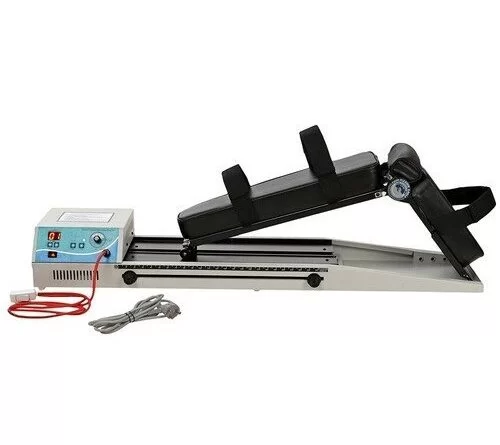
Hand Exercises: You can participate in additional hand joint-moving exercises to respond to rheumatoid arthritis or a repetitive strain injury.
Improving Body Mechanics: Injuries from sports and repetitive strains can be made worse by bad posture or form, which puts extra load on the joint. You’ll endeavor to correct your posture when engaging in relevant tasks.
Helping Tools: You can be recommended a walker, cane, splint, brace, shoe insert, or ergonomic chair, depending on the location and state of the stiff joint. These remedies ease tension, offer support and cushioning, and promote more effective movement.
Cold and hydrotherapy: While hydrotherapy provides a setting where you don’t have to put all your weight on the joint to move, cold treatment helps reduce edema surrounding the joint.
Natural remedies for pain relief
Alternative and complementary medicine therapies may potentially be able to help with tight joints. These two vitamins might be beneficial.
Supplements containing fish oil
For fish oil supplements, the usual daily dosage ranges from 250 to 500 milligrams (mg). To find out how many milligrams of omega-3s are in each supplement, you should study the bottle labels.
The National Institutes of Health (NIH) suggests limiting your intake to three grams. A reliable source of daily total EPA and DHA.
Before using fish oil supplements, make sure to see your physician. Other drugs could fail to interact with these supplements.
Flaxseed
Flaxseed oil has more ALA than ground flaxseed. Flaxseed oil is available in a bottle or as pills. There isn’t a daily average suggestion. An ounce of powdered flaxseed or a flaxseed oil pill typically contains about 500 milligrams.
To release good fats, grind or smash flaxseeds. You won’t get any of the beneficial fats from whole flaxseeds since your body is unable to digest and absorb them.
Risk factors and complications related to joint stiffness.
An autoimmune disease, an accident, or another ailment can all cause inflammation, which is often indicated by stiff joints that are accompanied by pain and swelling.
If these problems are not addressed, they may worsen and result in severe, occasionally irreversible joint damage and disability.
It’s critical to safeguard your joints by making an appointment with your healthcare physician to identify the underlying reason for your joint stiffness.
Summary
Lack of mobility, wounds, infections, osteoarthritis, gout, and inflammatory diseases such as rheumatoid arthritis, psoriatic arthritis, and ankylosing spondylitis can all cause joint stiffness.
Your joints can move more freely by using heat, stretching, exercise, and physical therapy; nevertheless, cortisone injections and painkillers may also be necessary to relieve excruciating stiffness.
Special drugs administered via IV infusions are frequently necessary to help treat chronic joint inflammation caused by autoimmune diseases that cause stiff joints.
FAQs
What causes joint stiffness?
Lack of mobility, trauma, or inflammatory diseases such as osteoarthritis, gout, or autoimmune types of arthritis including psoriatic, rheumatoid, and ankylosing spondylitis can all lead to joint stiffness.
How can I get rid of joint stiffness?
Applying heat, doing regular stretching and exercises, and using various drugs to address the underlying reason can all help relieve stiff joints.
Can arthritis cause joint stiffness?
Due to cartilage loss, arthritis can result in joint irritation and stiffness. Joint stiffness can also result from the inflammatory autoimmune types of arthritis, which cause pain, edema, stiffness, and inflammation in the joints.
What vitamin reduces joint pain and stiffness?
Vitamin D
What are the best supplements for stiff joints?
Glucosamine.
Glucosamine With Chondroitin.
Curcumin.
Green Tea.
Vitamin D.
Omega-3 Fatty Acids.
Information About Vitamins and Supplements.
References
- Holland, K. (2022c, August 5). Stiff Joints: Why It Happens and How to Find Relief. Healthline. https://www.healthline.com/health/stiff-joints
- Fletcher, J. (2024, May 20). Potential causes of stiff joints and what to do about them. https://www.medicalnewstoday.com/articles/321588
- Hospitals, M. (n.d.-a). Joint Stiffness – Overview, Causes, Prevention, Treatment. Best Hospitals in India | Medicover Hospitals. https://www.medicoverhospitals.in/symptoms/joint-stiffness
- Joint stiffness (Concept Id: C0162298) – MedGen – NCBI. (n.d.). https://www.ncbi.nlm.nih.gov/medgen/56403
- Professional, C. C. M. (n.d.-g). Joint Pain. Cleveland Clinic. https://my.clevelandclinic.org/health/symptoms/17752-joint-pain

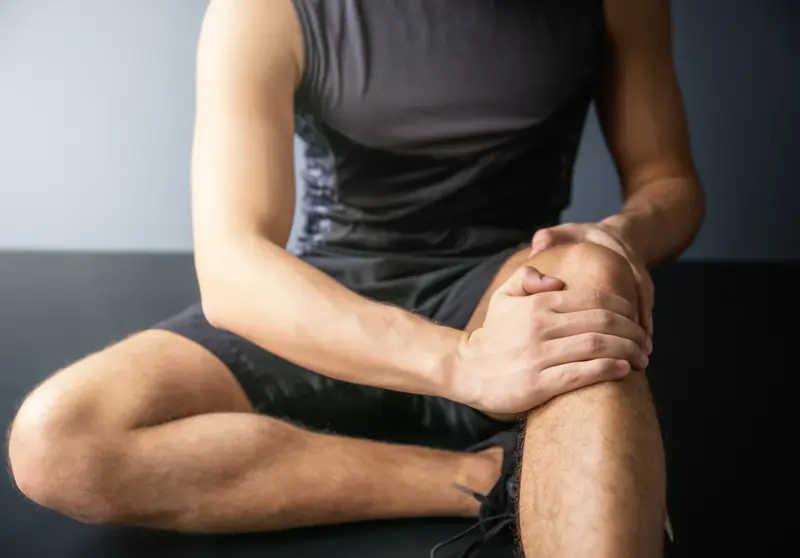
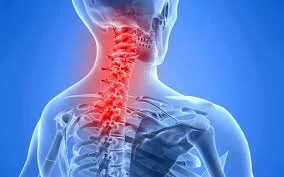
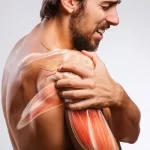
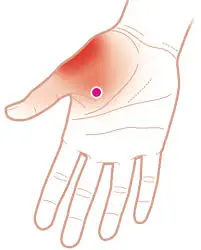
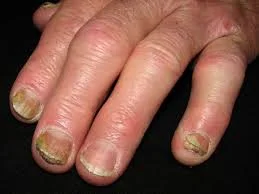
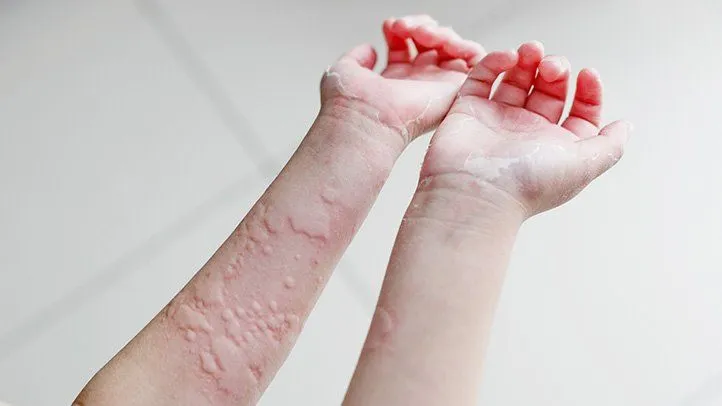
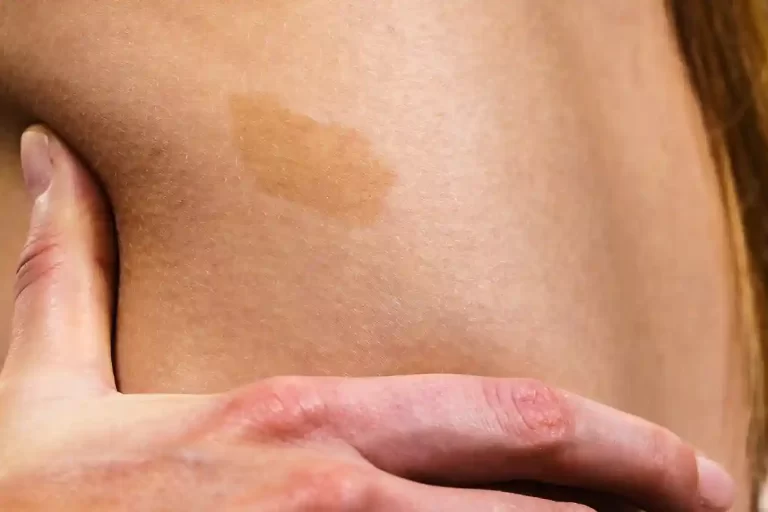
9 Comments